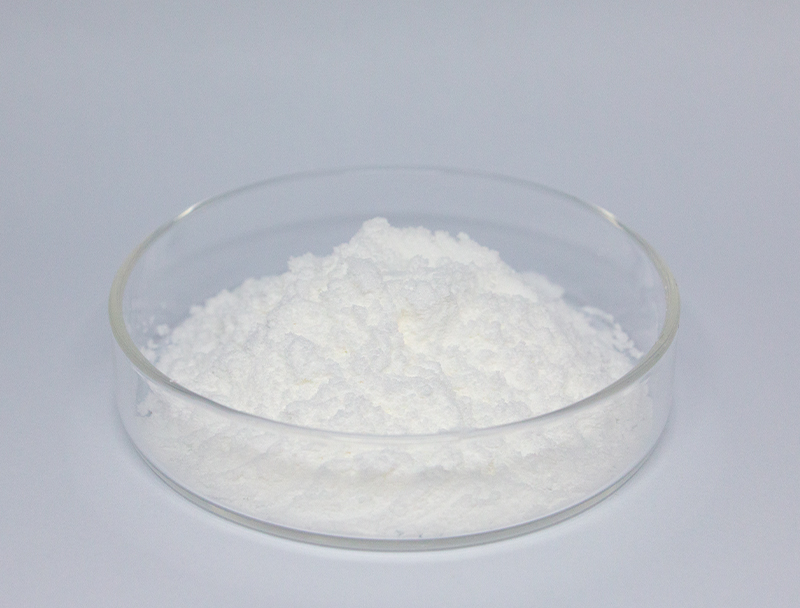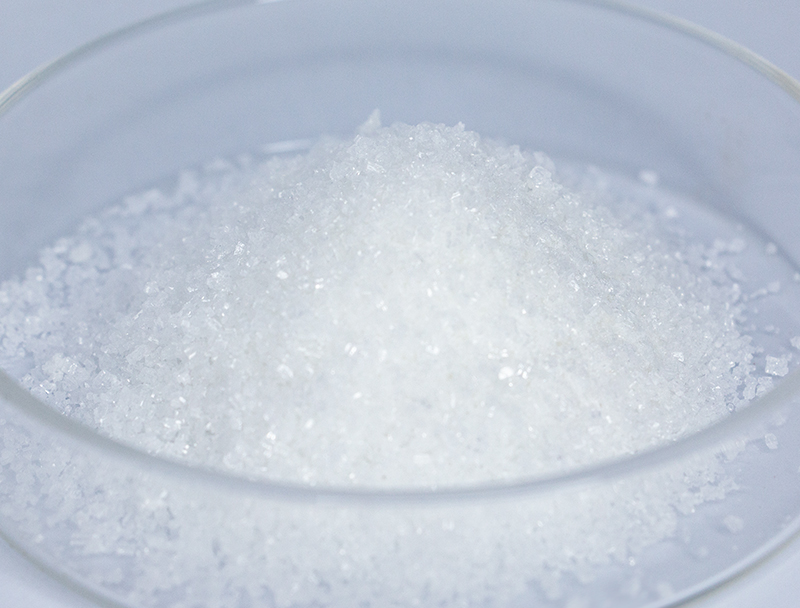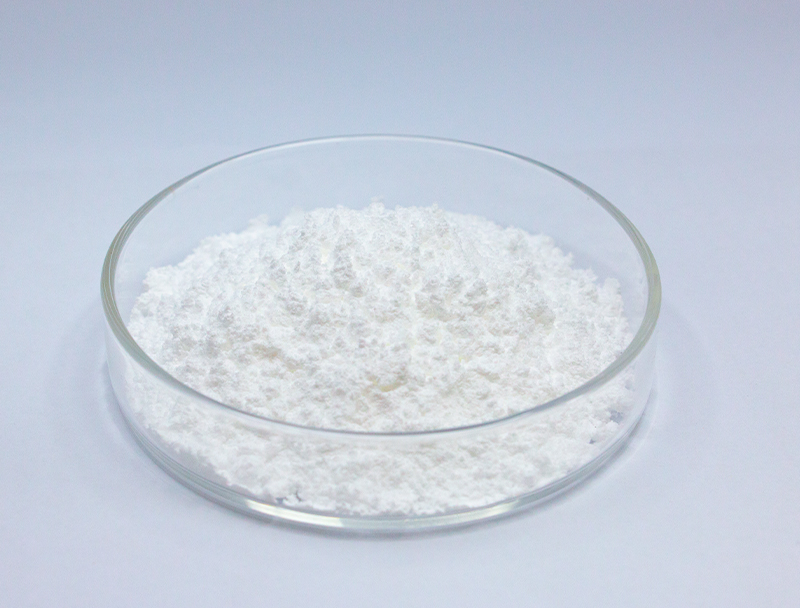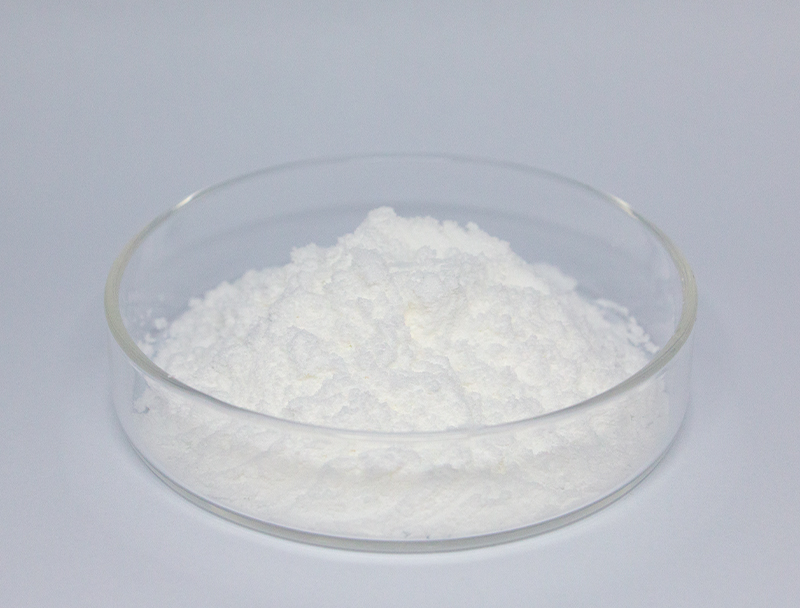
Cell-based production leans heavily upon a broad palette of input materials to manufacture advanced biological products.
Assuring long-term supply of raw inputs dictates persistent stability and principled industry advancement.
many concerns related to standard raw input procurement such as ecological damage and resource depletion. Accordingly, manufacturers should embrace green sourcing tactics to shrink their ecological impacts.
- Situations demonstrating ethical sourcing encompass:
- Harnessing secondary biomass from farming outputs
- Implementing closed-loop systems to minimize waste and maximize resource efficiency
- Building relationships with nearby vendors dedicated to moral sourcing
Such a move to ethical procurement delivers ecological gains and commercial returns over time.
Upgrading Feedstock Traits for Better Biofuel Performance
Improving fuel production performance hinges on the attributes of biomass inputs. Investigators regularly test new routes to upgrade biomass inputs, leading to higher yields of biofuels and a more sustainable energy future. Approaches include genomic enhancements to boost biomass growth and processing methods to convert complex lignocellulose into fermentable sugars.
- Likewise, initiatives explore candidates such as algal biomass, process wastes, and agricultural leftovers to extend sustainable feedstock availability for fuels.
- Owing to ongoing work the biofuel domain is primed to reach substantial milestones advancing renewable energy adoption.

Next-Generation Upstream Methods in Biopharmaceuticals
covers the early phases of biopharma production including culturing and biological harvesting Current advancements have streamlined operations and improved bioproduct yields.
Important innovations consist of upgraded cell platforms, customized nutrient matrices, and smart bioreactor solutions. Such breakthroughs boost efficiency and simultaneously reduce manufacturing costs and carbon burdens.
- Also, evolving practices favor continuous flow processing which supports more agile upstream control.
- This shift towards more sophisticated biopharmaceutical manufacturing methods promises to revolutionize the industry and pave the way for faster development of novel therapeutics.

Genetic Engineering Innovations for Higher Therapeutic Yields
evolutions in genetic modification techniques have optimized therapeutic biosynthesis. With exact genomic alterations, researchers improve host productivity for therapeutic manufacture. The technique provides opportunities to manufacture economical, high-yield therapeutics for varied indications.
Microbial Solutions for Greener Bioremediation Practices
forward-looking microbial interventions for environmentally friendly decontamination. Various microbial strains are capable of breaking down toxins into safer constituents.. Utilizing microbial metabolism supports eco-friendly site cleanup methods that limit secondary harm from remediation.. Researchers screen diverse microbial taxa for metabolic pathways suited to remove heavy metals, pesticide residues, and hydrocarbon contamination.. They can be integrated into bioreactor platforms or introduced in the field to stimulate microbial breakdown of hazardous compounds..
Employing microbial strategies for remediation provides multiple benefits versus traditional techniques. It is a cost-effective and environmentally friendly approach that minimizes the generation of harmful byproducts. Also, microbial interventions offer targeted remediation that minimizes collateral ecosystem disturbance. Ongoing innovation aims to boost the throughput and efficacy of microbe-driven remediation approaches.
Digital Methods Accelerating Pharmaceutical Discovery
Computational tools have grown indispensable in the current drug discovery landscape. By analyzing biological data to select and improve leads, computational methods support efficient drug development.
- By parsing huge omics and clinical databases, bioinformaticians detect targets and estimate therapeutic responses.
- Furthermore, computational modeling of drug–target interactions aids rational design of higher-performing therapeutics.
- Finally, bioinformatics is revolutionizing the drug discovery and development process, accelerating the time to bring safe and effective treatments to patients in need.
Pathway Engineering for Greater Bioproduct Yields
uses diverse methods to increase biosynthesis of target bioproducts in organisms. These strategies can involve genetic modifications to optimize metabolic pathways, regulation of gene expression, and the introduction of novel genes to confer new capabilities.. By refining pathway flux and regulation engineers can significantly raise bioproduct production.
This broad strategy is positioned to innovate sectors including pharmaceuticals, crop science, and bioenergy.

Scaling Biopharma Production: Hurdles and Advantages
Expanding production volumes poses difficult barriers yet offers substantial opportunities. Ensuring product consistency at larger manufacturing scales represents a major hurdle. Tackling it demands tightly integrated control systems, precise surveillance, and state-of-the-art analytics.

One issue is the complexity of biopharmaceutical manufacturing processes, which often involve multiple steps.. Transforming bench processes into industrial practice requires sustained research and engineering innovation. However, the potential rewards are substantial. Successful scaling up can lead to increased access of life-saving therapies, reduced production costs, and enhanced profitability.
Challenges are being addressed through a number of initiatives. Plans feature next-gen optimization hardware, sophisticated real-time analytics, and forward-looking production strategies.
- Ongoing innovation drives improvements in industrial production capability.
- Oversight institutions are updating guidelines to ease approval of manufacturing advances and catalyze innovation.
Regulatory Strategies for Biopharma Compliance and Patient Protection
Developing biologic treatments requires exacting oversight to ensure consistent safety and efficacy. Therapies derived from biological organisms carry special considerations not typical of conventional pharmaceuticals.
Agencies such as the FDA in the United States and the EMA in Europe play a crucial role in establishing guidelines and standards for the approval of these innovative therapies..
Meticulous validation protocols are enforced from preclinical validation to long-term post-market evaluation.. The processes aim to expose risks and ensure that treatments meet exacting safety benchmarks.
Concurrently, regulatory organizations fine-tune methods to remain compatible with quick scientific advancements. Strategies include welcoming technological advances and simplifying development while prioritizing patient safety.

Plant-Origin Feedstocks in the Production of Bioplastics
Increasing interest in sustainable materials spurs innovation in renewable resource development. Bioplastics derived from plant biomass provide a viable route to more sustainable plastic alternatives. Sources like cornstarch, cellulose fibers, and sugarcane biomass can transform into compostable plastics that decompose and reduce pollution.
Furthermore, these bioplastics often possess comparable properties to their petroleum-based counterparts, making them suitable for a wide range of applications.. Sustained research efforts are necessary to optimize plant feedstocks for mass bioplastic production and enable circularity.
Biotechnology Driving Advances in Health and Agricultural Stability
Biotechnology equips researchers with methods to tackle health crises and bolster food availability. Via genetic modification, synthetic design, and therapeutic cell technologies, researchers build solutions to control infections, increase crop productivity, and enrich food quality.. A concrete example includes modified crops engineered for pest and stress tolerance that yield more while decreasing pesticide needs. Moreover, biotechnology plays a crucial role in developing vaccines, antibiotics, and diagnostic tools that are essential for combating infectious diseases and improving global health outcomes.. As the field evolves, biotechnology 5-Aminolevulinic acid is expected to play a pivotal role in shaping a healthier and environmentally sustainable future for all.
